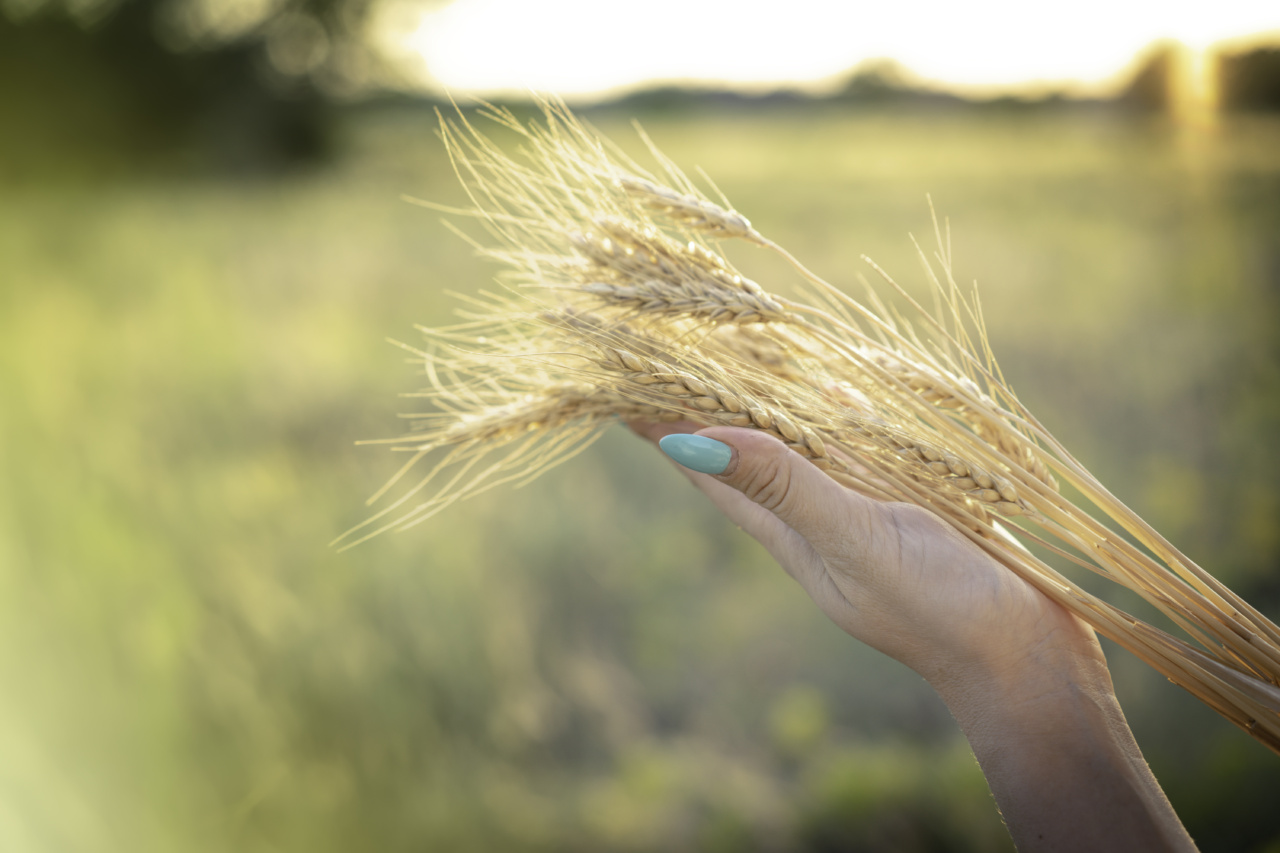Nails can provide valuable clues about our overall health. While their primary function is to protect the fingertips and enhance dexterity, they can also reflect underlying nutrient deficiencies.
Changes in the color, texture, and shape of the nails may indicate a lack of essential vitamins, minerals, and other nutrients in the body. This article explores various nail abnormalities and their potential links to nutrient deficiencies.
1. Pale nails
If your nails appear pale or whitish, it could be a sign of iron deficiency anemia. Iron is essential for healthy blood cells, and a lack of it can lead to reduced oxygen supply to the nails, causing them to appear pale.
2. Spoon-shaped nails
Koilonychia, or spoon-shaped nails, may indicate an iron or vitamin B12 deficiency. These nutrients play a crucial role in maintaining the structure and integrity of the nails, and their deficiency can result in the nails becoming concave and brittle.
3. Brittle nails
Fragile and brittle nails are commonly associated with a deficiency in biotin, a B-vitamin that supports nail health. Inadequate intake of biotin can make the nails dry, weak, and prone to splitting.
4. Yellow nails
Yellow nails can have multiple causes, including nutrient deficiencies. A lack of zinc, selenium, and vitamin E can contribute to the yellowing of nails. These nutrients are crucial for maintaining strong and healthy nails.
5. White spots on nails
Contrary to popular belief, white spots on nails are usually not a sign of calcium deficiency. Instead, they are often caused by minor injuries to the nail bed. However, persistent or numerous white spots may indicate a lack of zinc or vitamin C.
6. Ridged nails
Vertical ridges on the nails are a normal part of aging. However, pronounced ridges or horizontal lines, known as Beau’s lines, can be a sign of nutrient deficiencies.
Lack of iron, zinc, and vitamin B-complex can contribute to the development of ridges on the nails.
7. Dry and cracked nails
Dry and cracked nails can be an indicator of inadequate vitamin A and C levels. These vitamins are important for maintaining nail hydration and preventing brittleness.
8. Hangnails
Hangnails are small, painful pieces of torn skin around the nails. They can often occur due to a deficiency in B vitamins, particularly biotin, as well as vitamin C.
9. Pitting on nails
Pitting refers to the presence of small depressions on the nails. It can be a sign of psoriasis, an autoimmune condition. Nutrient deficiencies such as zinc and vitamin D can worsen the symptoms of psoriasis.
10. Slow nail growth
Slow nail growth can be attributed to various factors, including nutrient deficiencies. In particular, insufficient intake of biotin, iron, and vitamin C can lead to slower nail growth.




























